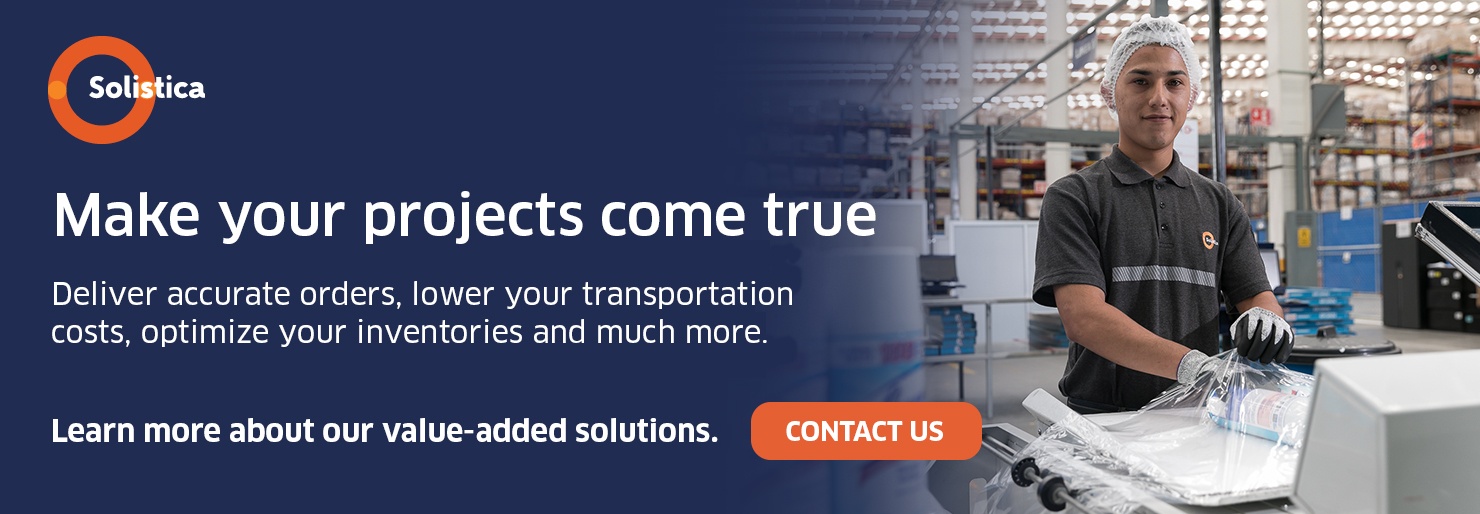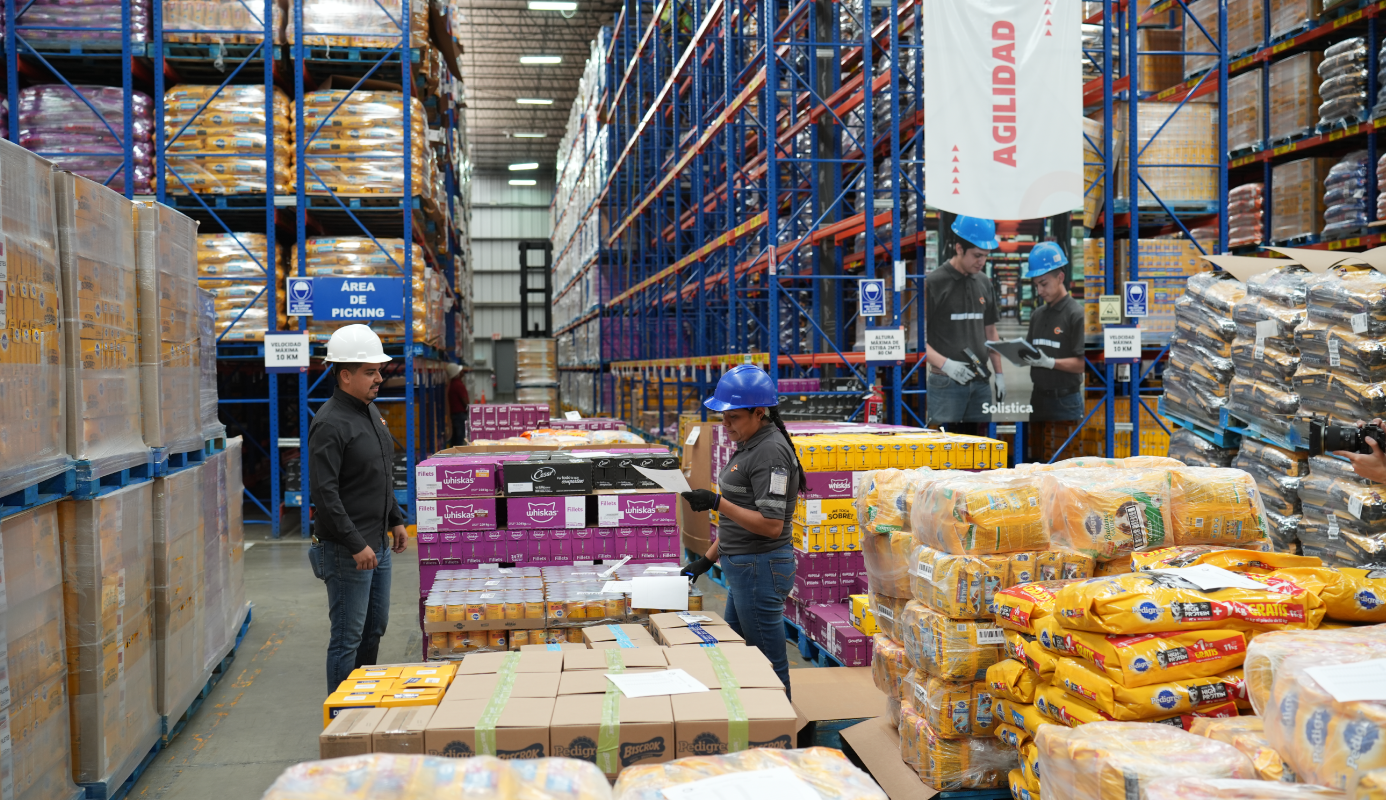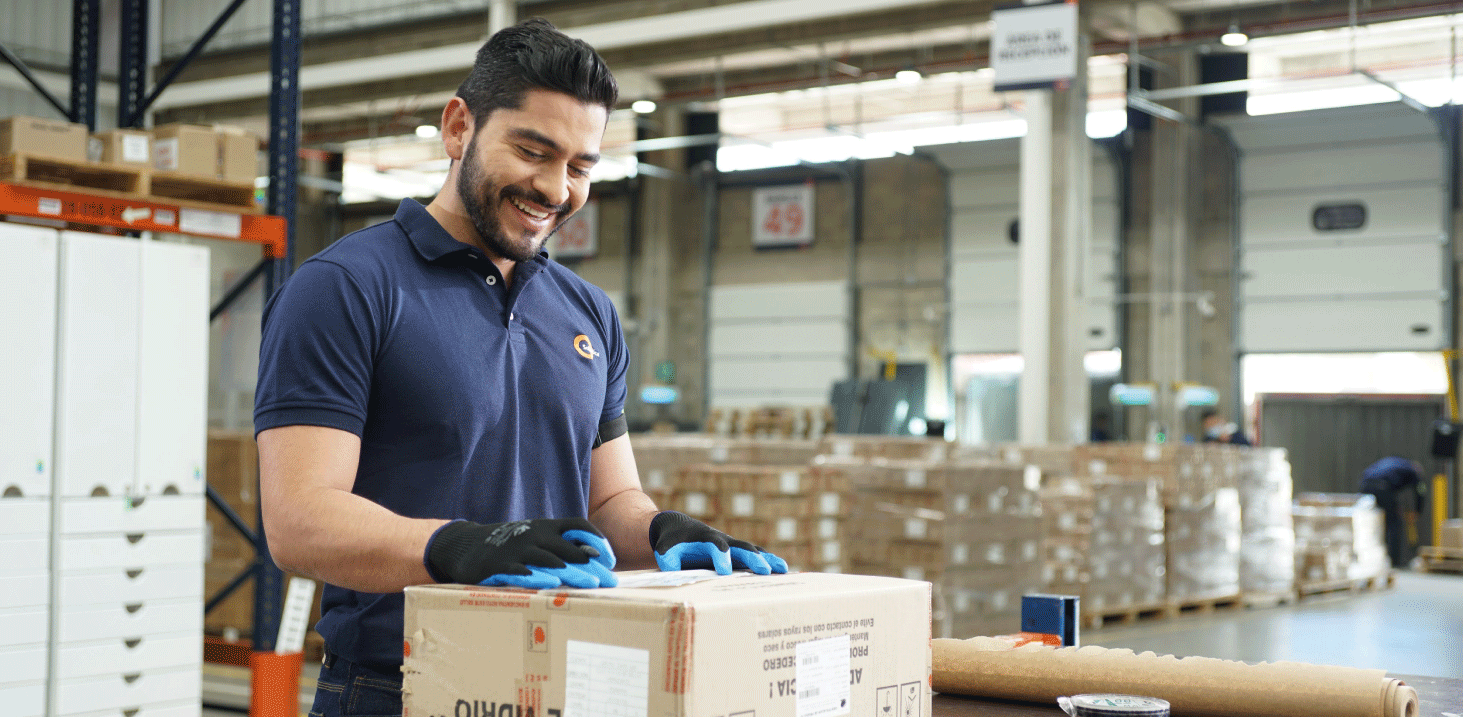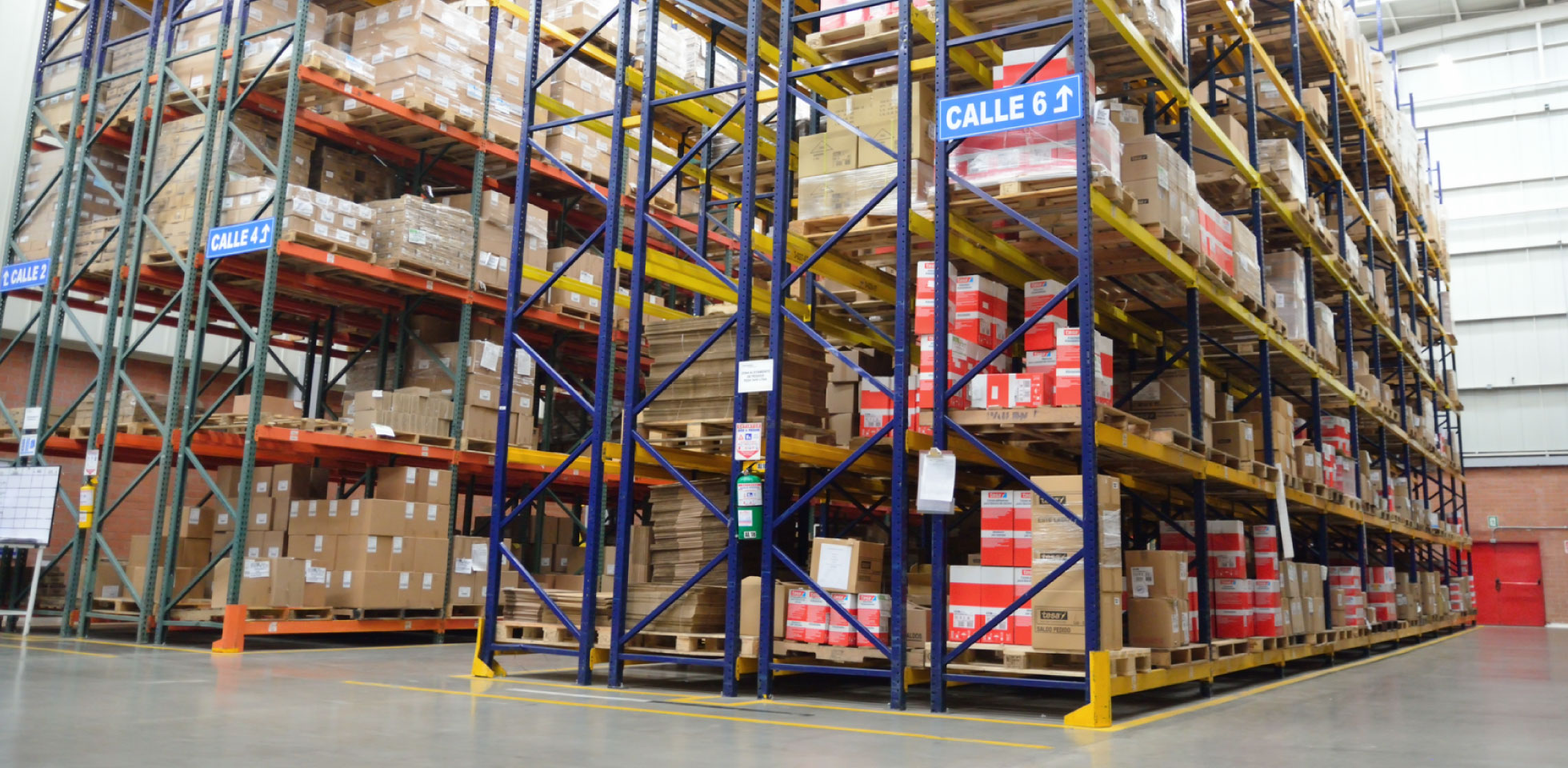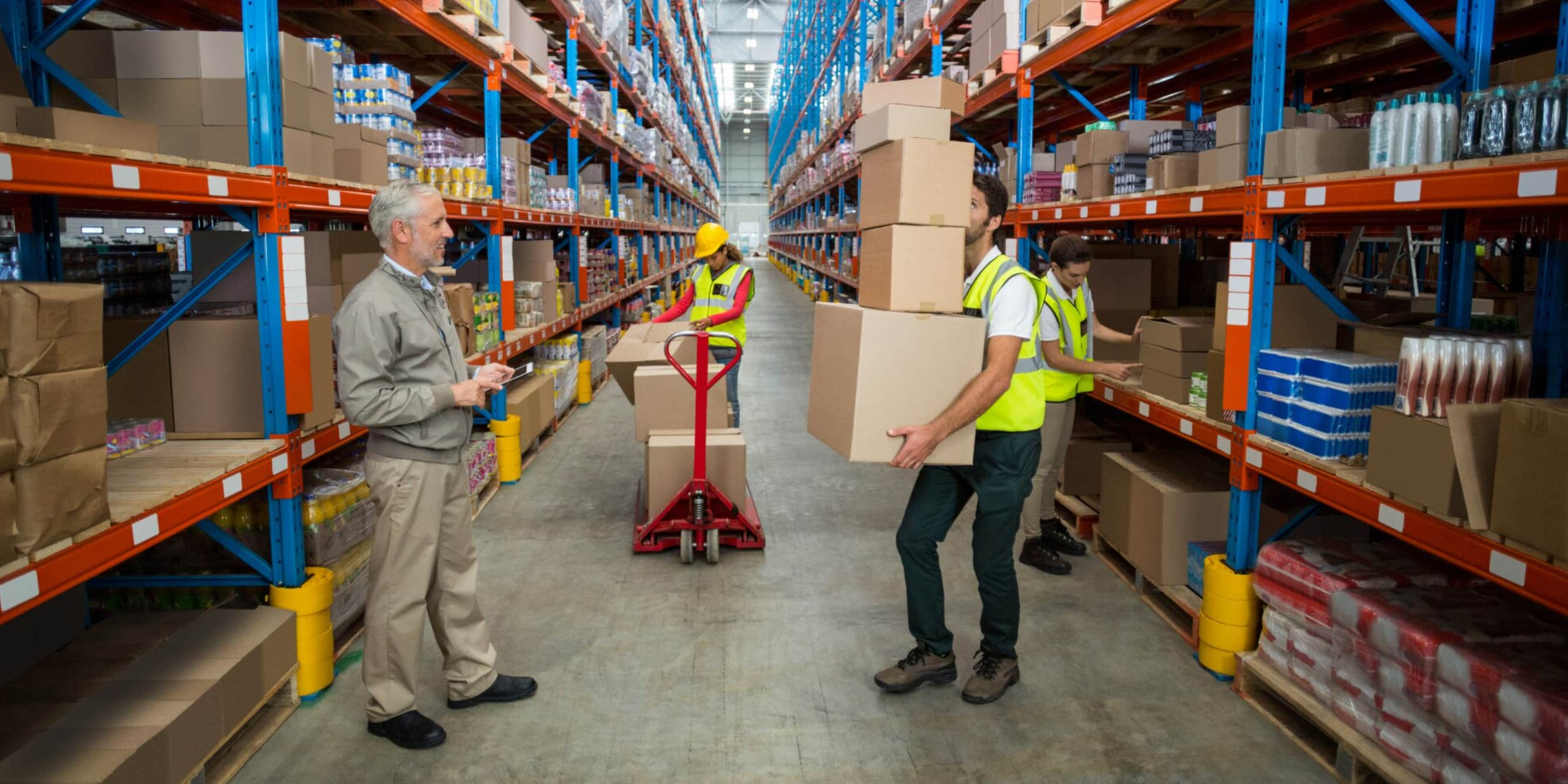The way we do business is changing. We are living in an “age of customers”, where the most successful companies are those that understand their target audience better and design experiences aligned with its needs.
We can define customer experience as the sum of a company’s interactions with its customers throughout the complete life cycle.
For The logistics industry attributes such as the ease in which we do business, the speed in which we provide smart solutions, and the customization of service are as important as price; therefore, companies must develop strategies aligned to the experience and based on the following pillars:
-
Commitment: Being enthusiastic about meeting the needs of customers and making them feel valued.
-
Understanding: Understanding and meeting the needs of clients.
-
Impeccable execution: Solving the needs of clients.
-
Response capacity: Solving problems and delivering on time and form.
-
Productivity: Anticipating the needs of clients.
-
Evolution: Continuously looking for ways to improve customer experience.
Statistics about customer experience
- According to Forrester, as of 2020, 80% of businesses will be competing based on service.
- According to Bain, increasing client retention by 5% impacts business profitability anywhere between 25 and 95%.
- Qualtrics Says that S&P500 companies, leaders in customer experience, generated 45% more returns than the rest between 2007 and 2017.
Logistics trends that improve customer experience
These are some of the trends that the logistics industry is implementing to meet the demands and to improve customer experience:
- Faster deliveries: Offering express service and store or convenience spot pick up is a good way to solve the need for immediacy.
- Traceability: The possibility to track shipments over GPS allows customers to know where their parcel is at any given moment.
- Flexible schedule: The incompatibility of delivery schedules has led to the creation of lockers, which are placed on public spaces where parcels can be delivered whether addressees are present or not.
- Drones, robots, and self-driven vehicles: Because they are not subject to time restrictions and have no need for staff, they will be good delivery options to implement in the future.
- Solving queries in the first contact: It has been proved that the customer satisfaction rate is negatively impacted when a second contact is needed to get answers or clarify doubts.
- Ability to locate addressees immediately: This is a good alternative if addressees are absent because they can change the delivery location from their smartphones.
- Email and SMS or WhatsApp messages: Using these channels to send notifications to buyers with information on their parcels.
- Setting up a communication system with clients: Besides providing traceability, it lowers events and failed deliveries.
Supply chain strategies must be optimized to meet the demands of clients. As a company’s digital capacity grows, the coordination of its supply chain will gain the same importance.
Meeting the delivery terms and communicating the logistics status of orders, returns, and exchanges results in a positive perception, which can be conveyed to others. Likewise, the result of a bad experience is that clients do not hesitate to share it on their social media, which can influence the decisions of others in a negative way.
We have evolved from an age where price was the main factor to one where customer experience, in other words, human contact, is the most important issue. This is because, when we establish a human link, both commitment and fidelity grow. Perhaps today we should evolve from customer experience to personal experience.
Solistica is a logistics company that understands that, in order to remain competitive, companies must learn how to balance their costs, services, risks, and customer experience correctly. To achieve this, it uses the most advanced technology to measure, improve, and customize services for clients.

